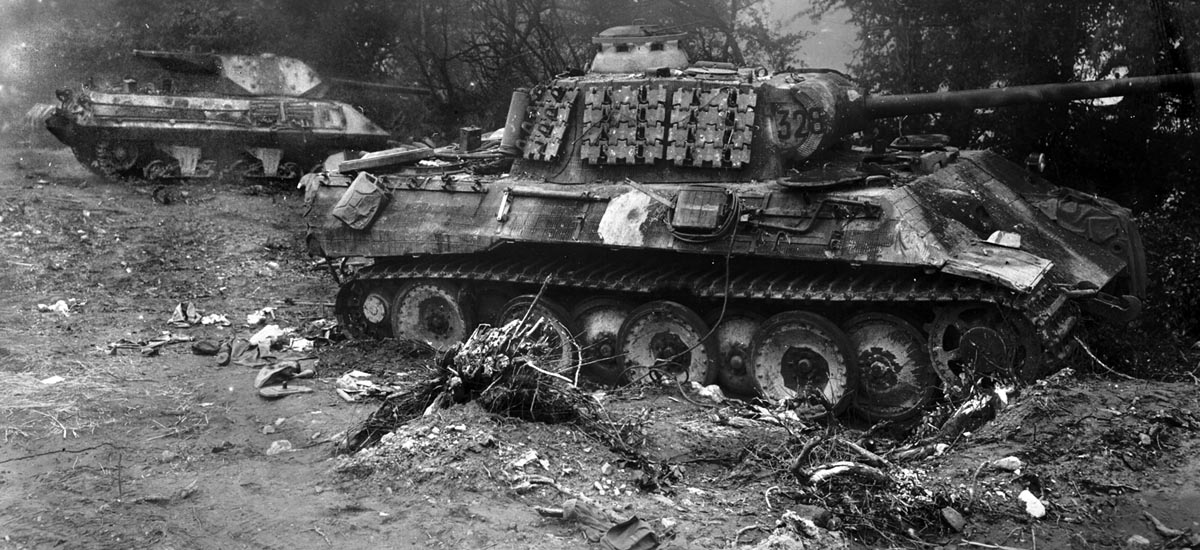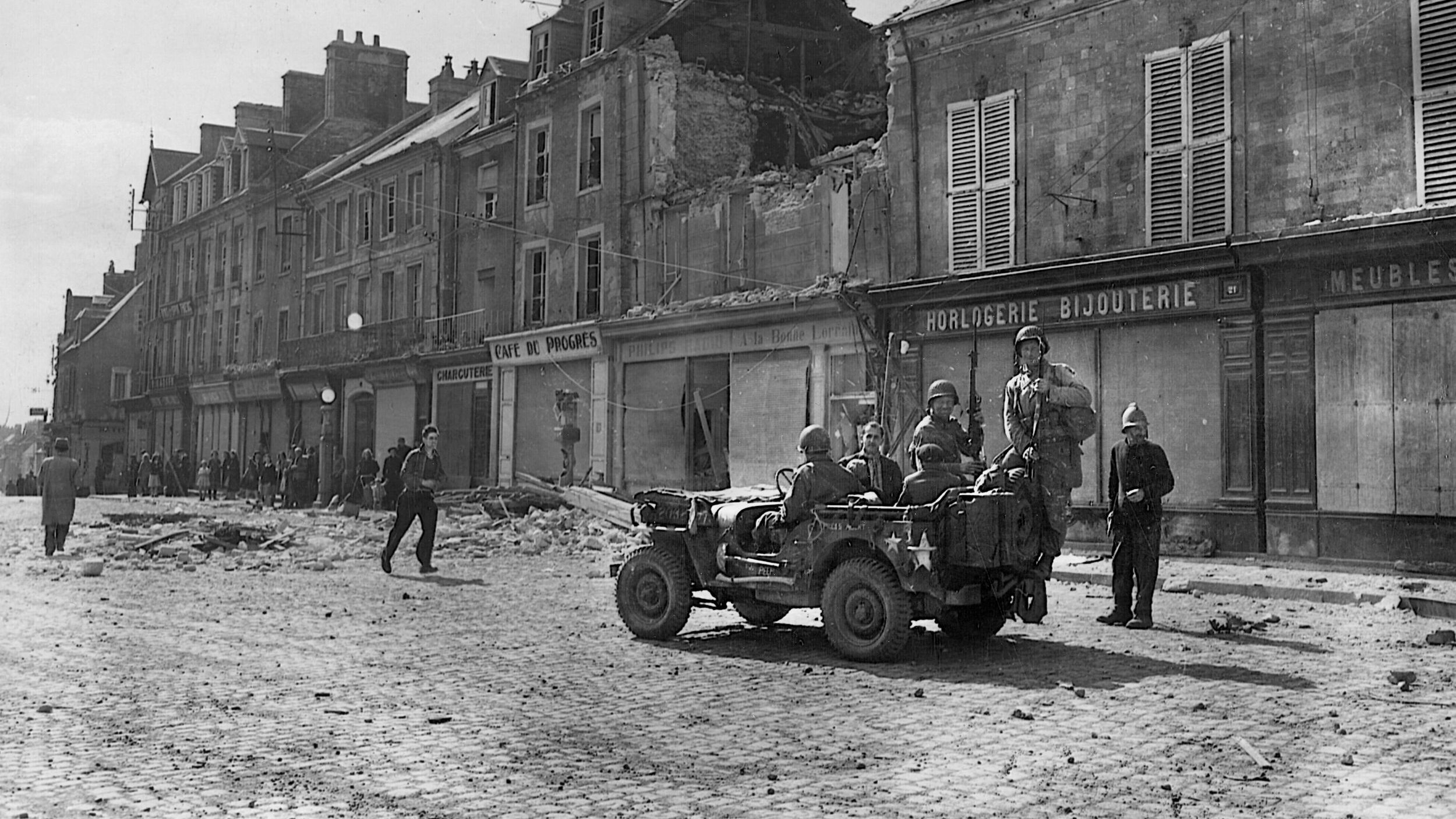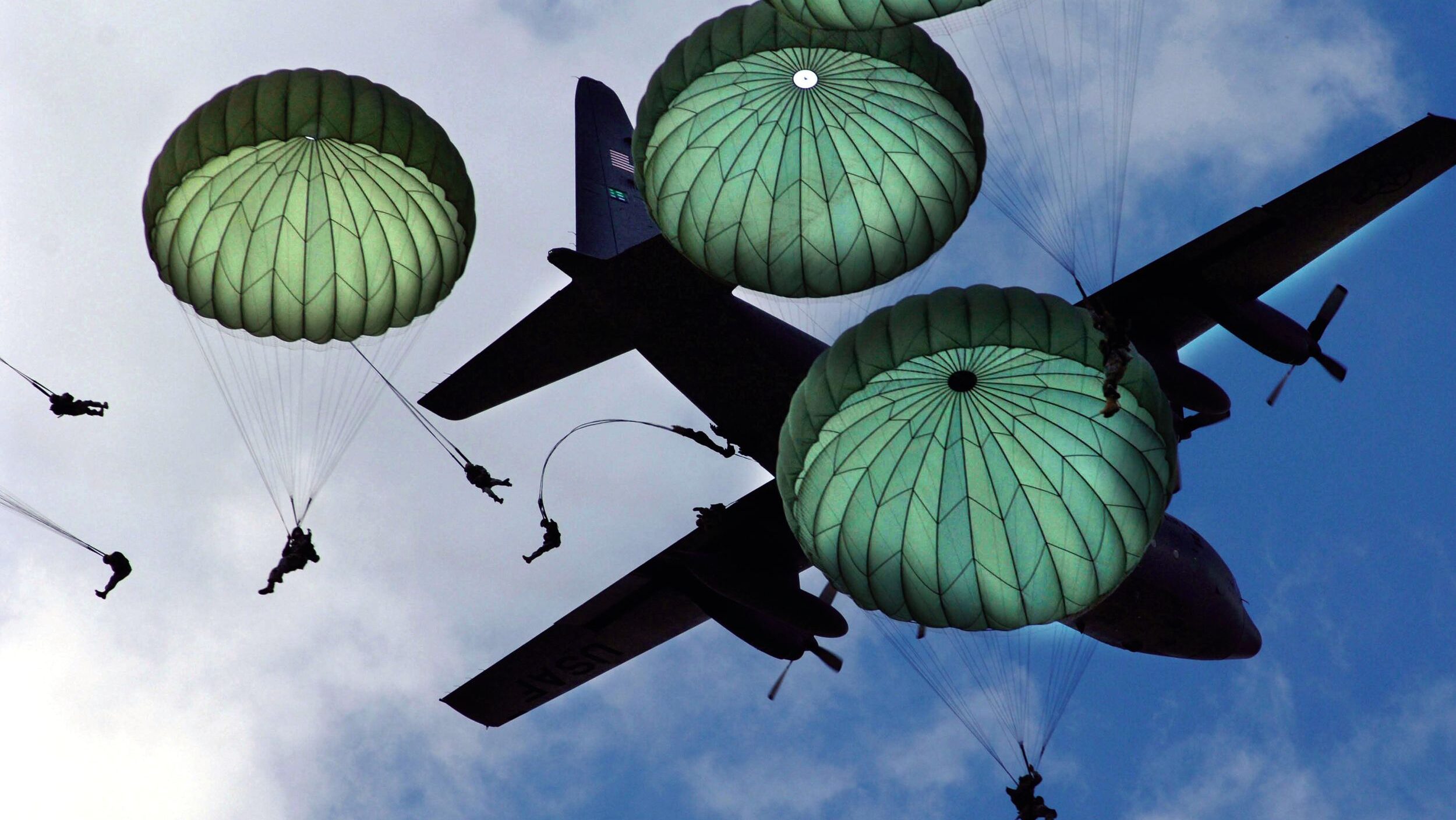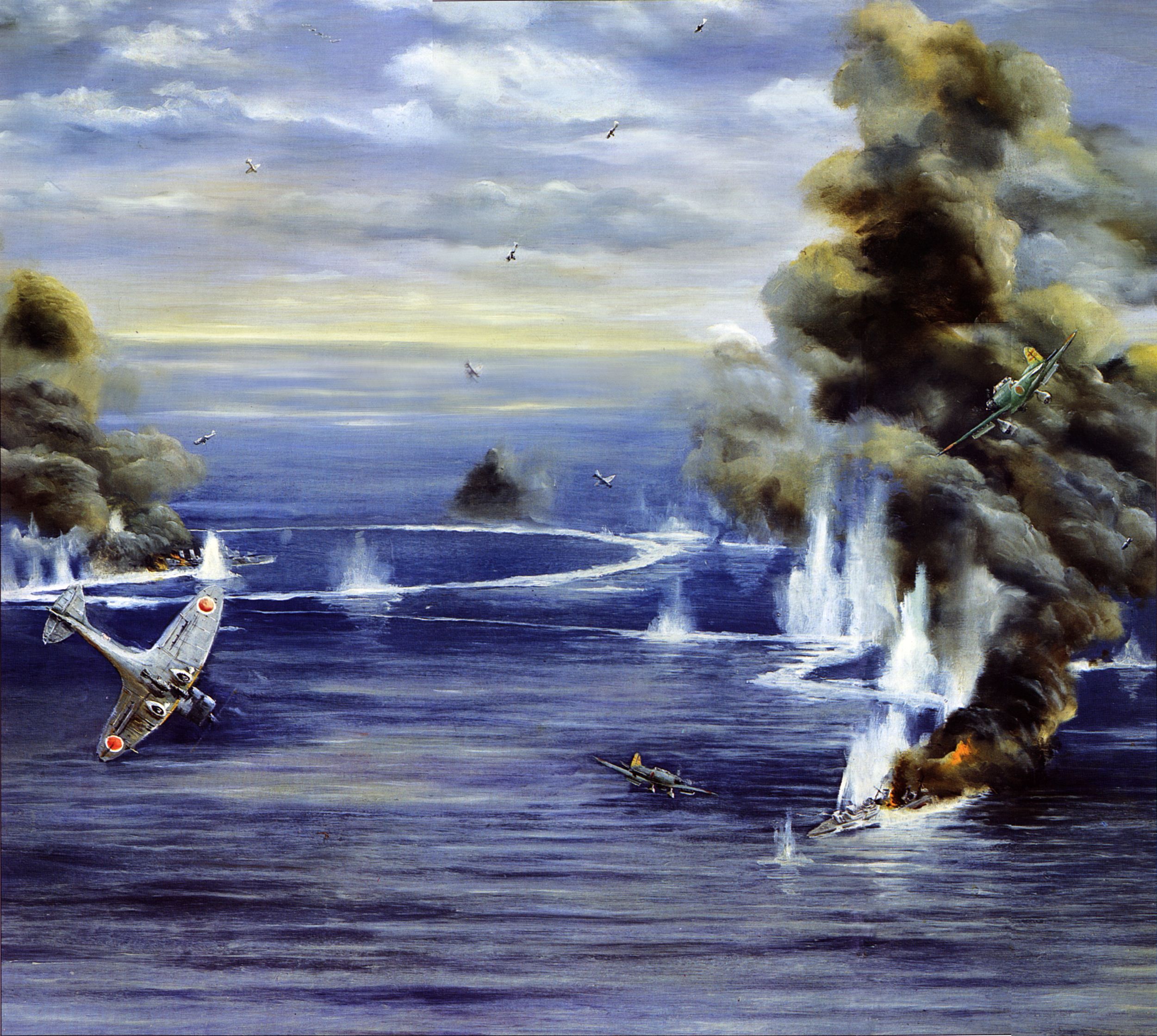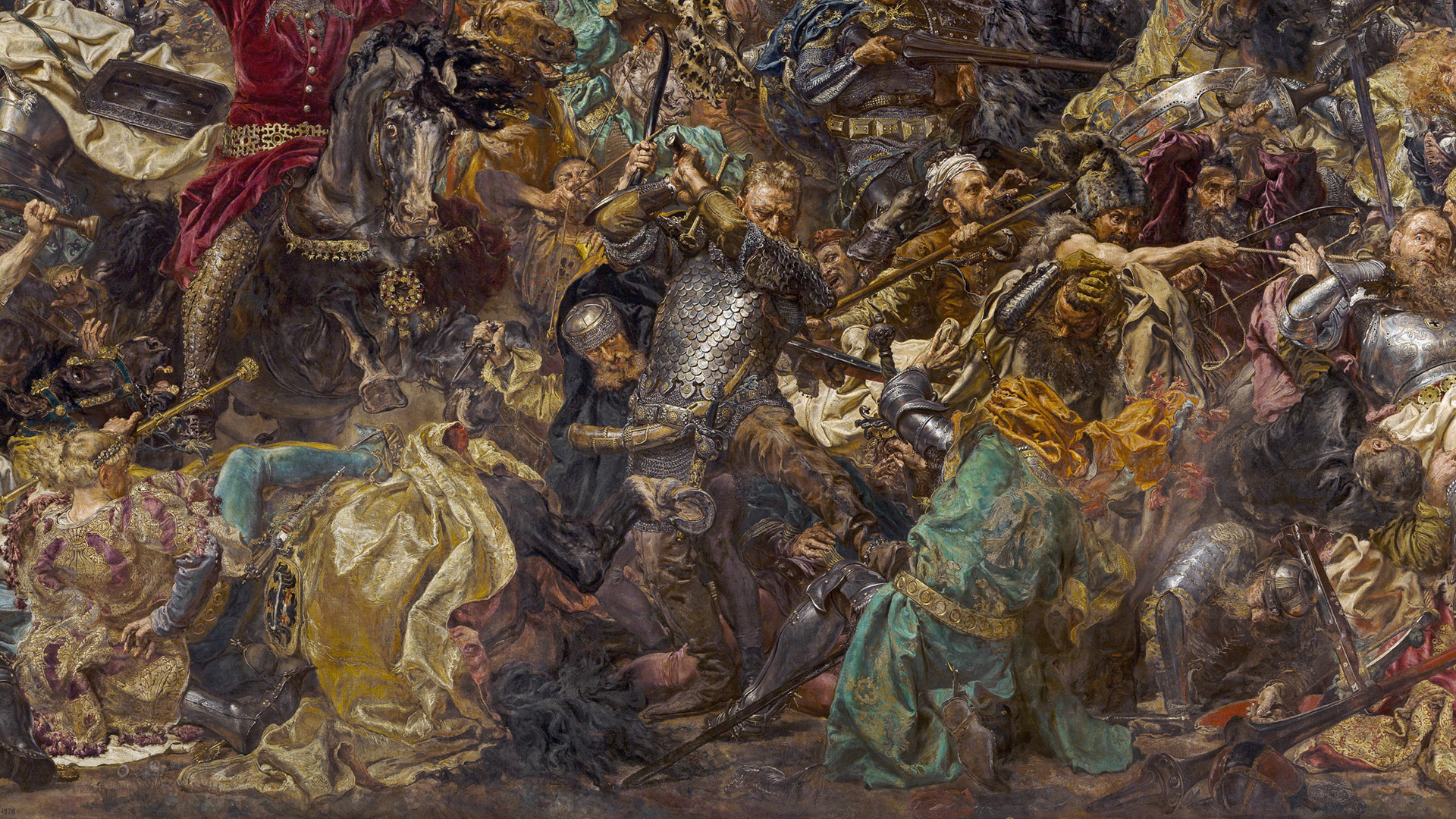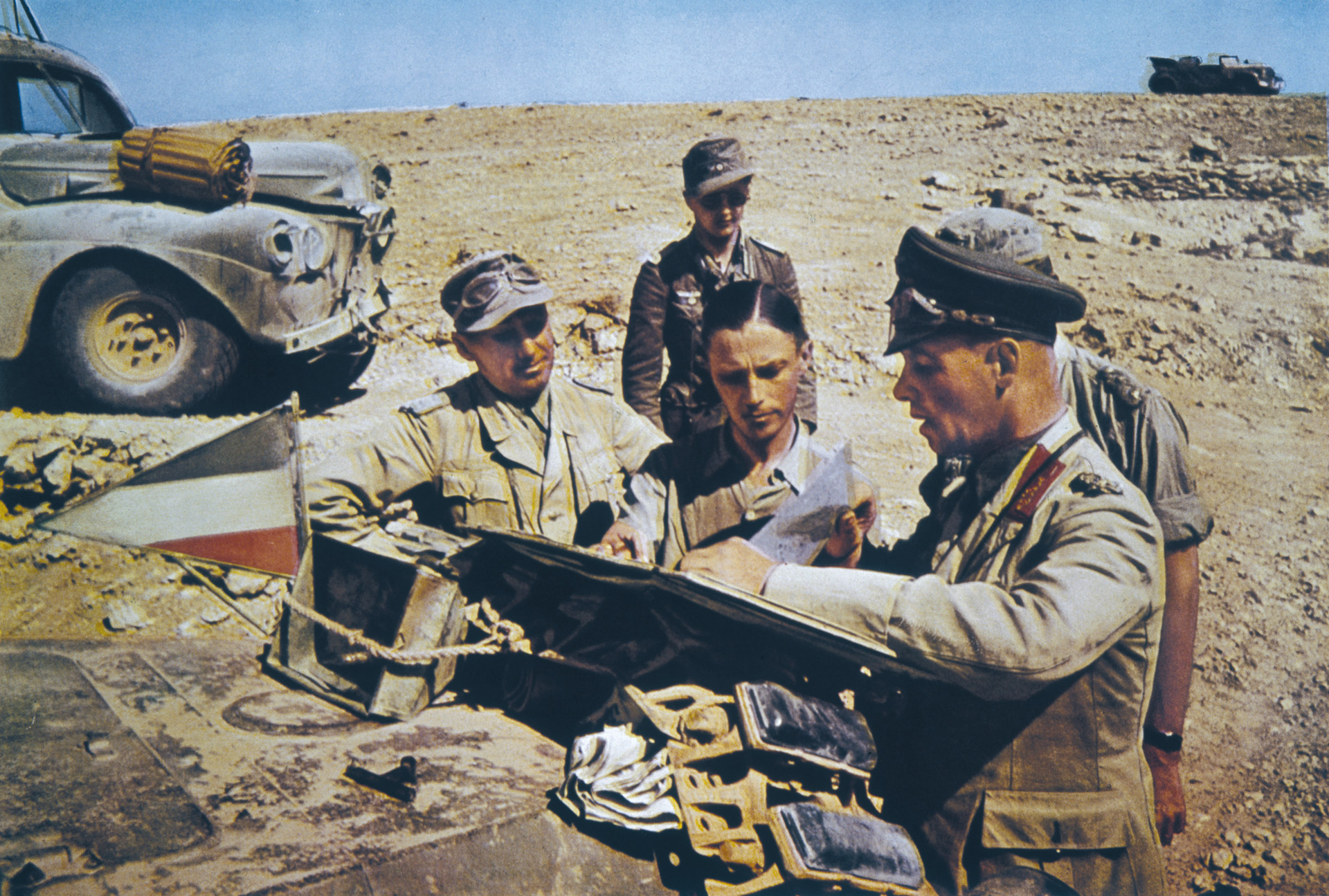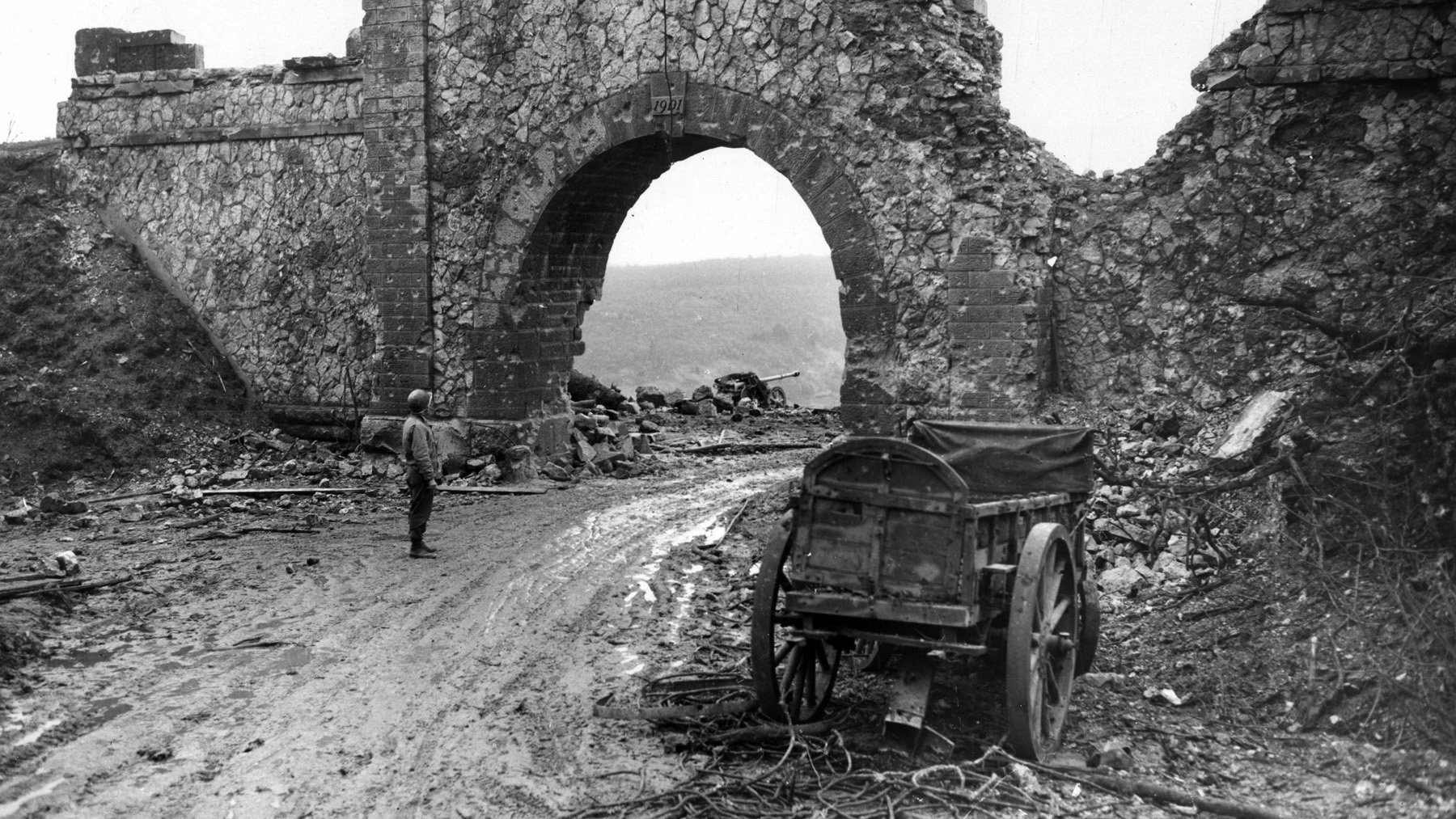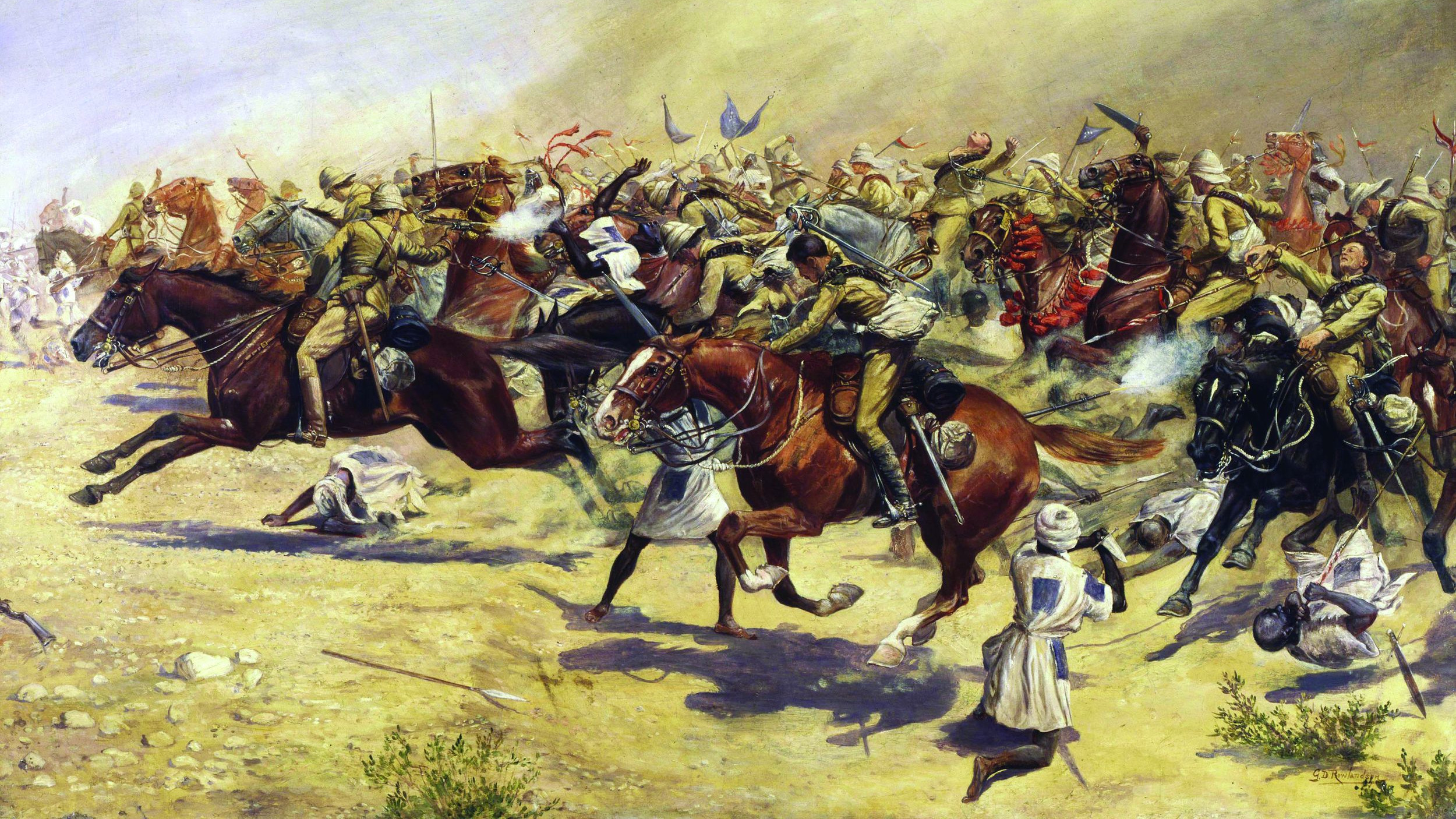By Kevin M. Hymel
A column of German Mark V Panther tanks advanced through a thick fog north of the French town of Mortain, blindly firing their machine guns. Suddenly, the lead panzer took a hit from an unseen American antitank round, penetrating the frontal armor and stopping it. A tank retriever approached the smoking tank only to come under fire. Then, crews of three tanks dismounted and gathered to discuss options. As they spoke, an American bazooka man fired a round into the group, killing some and scattering the rest. The bazooka man then dispatched two of the three stationary tanks. The 1st SS Panzer Division’s attack ground to a halt. What was supposed to be Adolf Hitler’s master stroke to cut off the American drive across France met an unexpected powerful resistance from the men of the American 30th Infantry Division—the “Old Hickory” division.
The German attack successfully encircled Mortain on August 7, 1944, but resistance at places like the crossroads town of St. Barthelemy bled the Germans dry. Some 700 Old Hickory Americans of Lt. Col. Robert Ernest Frankland’s 1st Battalion, 117th Infantry Regiment, and 200 more of the 823rd Tank Destroyer Battalion, armed with rifles, machine guns, bazookas, and four M5 three-inch antitank guns, exacted a heavy toll on the panzers.
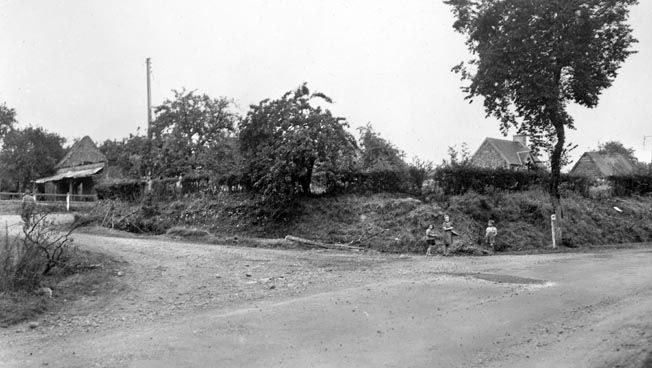
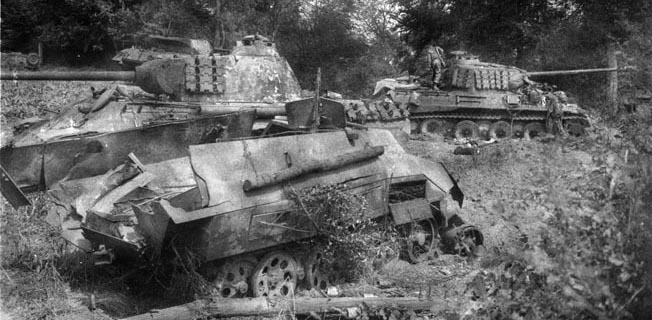
The Germans tried again. This time the 2nd Panzer Division joined the 1st SS in a two-pronged attack, but the Americans managed to knock out one of the lead tanks with a single shot. As the German infantry attacked, an American bazooka man kept his cool, throwing away his faulty bazooka and finding another to dispatch a tank. The Germans, however, wiped out 100 men and flanked the position, entering St. Barthelmy.
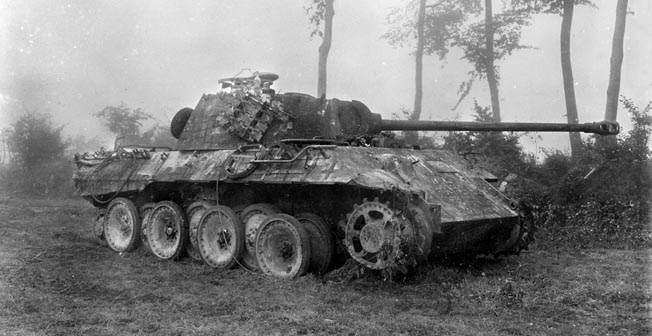
Most of the Americans pulled back north of the town and continued to fight. Lt. Col. Robert E. Frankland, the battalion commander, used his .45 pistol to shoot a German commander standing in a turret hatch. He then jumped onto the tank and shot down into it, killing the entire crew. South of St. Barthelmy, two anti-tank gun teams knocked out two more Panthers, one only 50 yards away. A late arriving gun team was able to knock out one German tank before being overrun by supporting infantry. The Germans then knocked out two of the Americans’ antitank guns, scoring a direct hit on one. The two remaining guns destroyed two more tanks before one was captured and the other withdrawn. Before the firing ended, two bazooka men dispatched two more tanks.
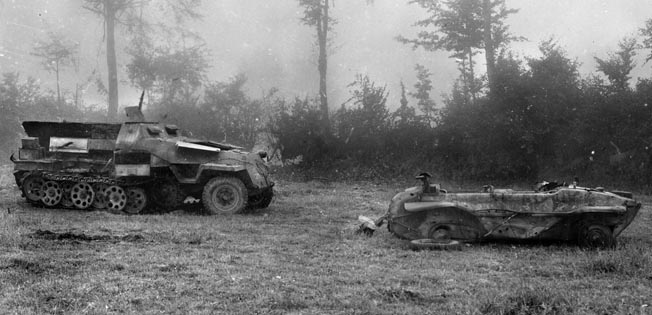
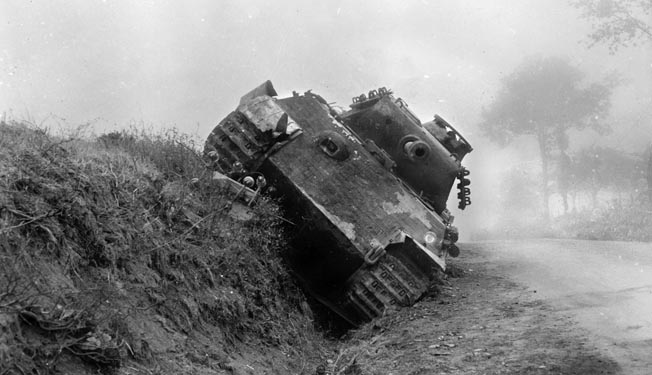
The Germans took the crossroads but at a terrible price. The American bazooka men and antitank gun teams had destroyed at least 13 German tanks. When American relief troops reached the area seven days later they discovered a panzer graveyard. It’s where part of Hitler’s grand offensive died.
